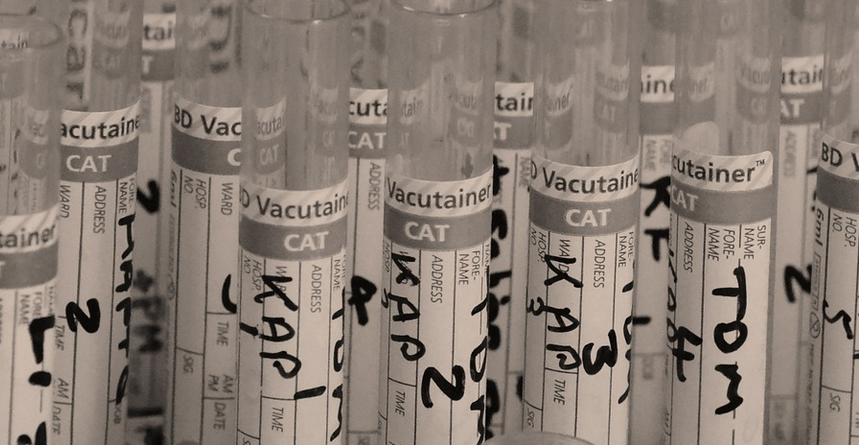The Background of Liquid Paper
In the 1950s, Bette Nesmith Graham, a secretary from Dallas, invented a product that would revolutionize the way people corrected mistakes on paper. She called it “Mistake Out” and later renamed it to “Liquid Paper.” The product was a white liquid that could be painted over a mistake, allowing the writer to correct it without retyping the entire document. Today, liquid paper is still a popular correction fluid used by many people around the world.
What is Liquid Paper Made Of?
The main ingredient of liquid paper is titanium dioxide, which is a white pigment that provides the correction fluid’s opaque color. Other important ingredients include solvents, such as xylene and toluene, which help dissolve the pigment and make the fluid thinner and easier to apply. The fluid also contains a resin, such as polyvinyl butyral, which helps the pigment adhere to the paper.
How Does Liquid Paper Work?
When you apply liquid paper to a mistake on paper, the fluid dries quickly, creating a thin layer of white pigment over the mistake. The pigment is opaque, which means it blocks the underlying text or image, making the mistake disappear. Once the liquid paper has dried, you can write or type over it to correct the mistake.
Types of Liquid Paper
There are several types of liquid paper available on the market today. Some are designed for general use, while others are specifically formulated for use on different types of paper, such as glossy or colored paper. Some types of liquid paper also come in different colors, such as blue or pink, to match the color of the paper you’re using.
Tips for Using Liquid Paper
To get the best results when using liquid paper, here are some tips to keep in mind: – Shake the bottle well before use to ensure that the pigment is evenly distributed. – Apply the fluid in thin layers to avoid clumping or smudging. – Wait for the fluid to dry completely before writing or typing over it. – Use a light touch when writing or typing over the corrected area to avoid damaging the paper.
The Future of Liquid Paper
As technology continues to advance, the use of paper is declining, and digital documents are becoming more prevalent. However, there will always be a need for liquid paper to correct mistakes on printed documents. In the future, we may see new formulations of liquid paper that are more environmentally friendly or easier to apply.
Conclusion
In conclusion, liquid paper is a useful correction fluid that has been around for over 60 years. Its main ingredient is titanium dioxide, and it works by creating a thin layer of white pigment over a mistake. There are several types of liquid paper available, and to get the best results, it’s important to follow the tips mentioned above. While the use of paper may decline in the future, liquid paper will always have a place in correcting mistakes on printed documents.

